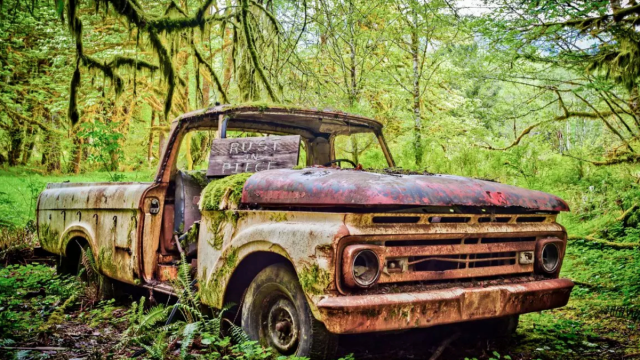Cars are more than just vehicles that get us from point A to B. They are deeply integrated into our daily lives. However, every car has its lifespan, and what happens when they are no longer roadworthy?
Car junking comes into play. This is not just a solution for abandoned vehicles but a step towards a sustainable environment.
Why Car Junking Matters
Contents [show]
You might wonder, “Why should I care about junking my old car?” Well, beyond the immediate benefits of clearing out space or perhaps getting a bit of cash, the environmental implications are profound.
Car junking, in essence, is a recycling process. Instead of letting old vehicles rust and degrade, potentially harming the environment, they are repurposed or disposed of responsibly.
Understanding Car Lifespan
Every machine has an expiry date, and cars are no exception. Over time, parts wear out, rust forms, and performance drops.
The more we push these old cars, the more harm they could be causing, emitting more pollutants than newer models. It’s like using an old, leaky faucet – wasteful and potentially harmful.
Key Environmental Benefits
Car junking brings a host of environmental benefits to the table. Let’s take a closer look.
Reducing Landfill Wastes
Landfills are already overwhelmed with waste. Every car dumped into a landfill takes up space that could be used for biodegradable waste. Besides, cars are not just metal; they contain fluids and parts that can leach harmful chemicals.
Curtailing Pollution
An old car releases a significant amount of pollution compared to its modern counterparts. Junking these cars means fewer toxic emissions in the air. Think of it as giving our atmosphere a well-deserved breath of fresh air.
Resource Conservation
By recycling parts and metals, we are conserving resources. Instead of mining new materials, recycled materials reduce the strain on our planet’s resources. Remember the phrase “Reduce, Reuse, Recycle”? This is it in action.
The Green Movement and Junk Cars
The world is steadily moving towards eco-friendly solutions in every industry. The auto industry is no exception. Junking cars is an integral part of this green movement. By promoting the recycling and responsible disposal of old vehicles, we’re fostering a culture of sustainability.
Salvaging Parts: An Eco-Friendly Approach
Before a car is entirely junked, salvageable parts are often removed. These parts, still in good condition, can be used in other vehicles or repurposed. This approach not only reduces waste but also minimizes the need for manufacturing new parts, thus saving energy and resources.
The Transformation of Scrap Metal
Once a car is stripped of its usable parts, what remains is primarily scrap metal. This metal doesn’t go to waste. It gets melted down and repurposed into new items – from new car parts to everyday household items. It’s the circle of life for metals!
The Eco-Future of Car Junking
As technology and methodologies advance, the process of car junking will become even more eco-friendly. Innovations in recycling technologies and eco-conscious policies will ensure that the future of car junking is bright and green.
Make a Difference Today
If you have an old vehicle gathering dust, consider junking it. Not only will you be making a personal difference, but you’ll also contribute to a larger, global effort to protect our planet. Every small action counts in the grand scheme of things.
Conclusion
Car junking is more than just getting rid of old vehicles. It’s a journey towards a sustainable future, a commitment to our environment. By understanding and supporting this process of junking a car, each one of us can play our part in crafting a greener tomorrow.


